RCR40 Manual: Pedal Box
Assemble master cylinders to the pedal box. This process is fundamentally the same regardless of what brand pedal box you are using. With the cylinders assembled, place the pedal box in place in the chassis and determine desired mounting location relative to drivers position. Then determine what fittings are needed to attach flex lines which were installed earlier in the build.
Using duct tape on the bottom of the assembly will reduce potential of scratching the aluminum chassis. Once details are ironed out, install the pedal box with grade 8 hardware. Remember in a panic braking situation you do not want this hardware to fail. Grade 8 is required and button head fasteners coming up front the undercarriage are suggested to reduce potential of fasteners being damaged from undercarriage strike/impact.
Determine desired mounting location for reservoirs. Mark horizontal plane and mount hole locations. On RHD cars the outboard reservoir has to be shifted out a little to clear the A/C pressure fitting (if so equipped)
Then identify through hole locations for reservoir feed lines.
Drill feed lines and mount reservoirs. The use of a grommet (not shown) on the feed lines will reduce chafing, and the risk of a leak.
Throttle Cable Assembly
There are many cable options out there, we chose Lokar for this build. They make high quality cables, in many legth options with the appearance we wanted. Regardless of the brand, once you have determined the length needed and obtained your cable, determine mounting strategy for both the engine and pedal box end.
Fabricate brackets as needed, and cut conduit (outer casing) to desired length.
Mount brackets and conduit in manner in which the cable system is out of the way, will not be pinched or crushed and can pass through bulk heads easily.
Determine needed length of cable, install and secure to carbs and accelerator pedal stand-off.
